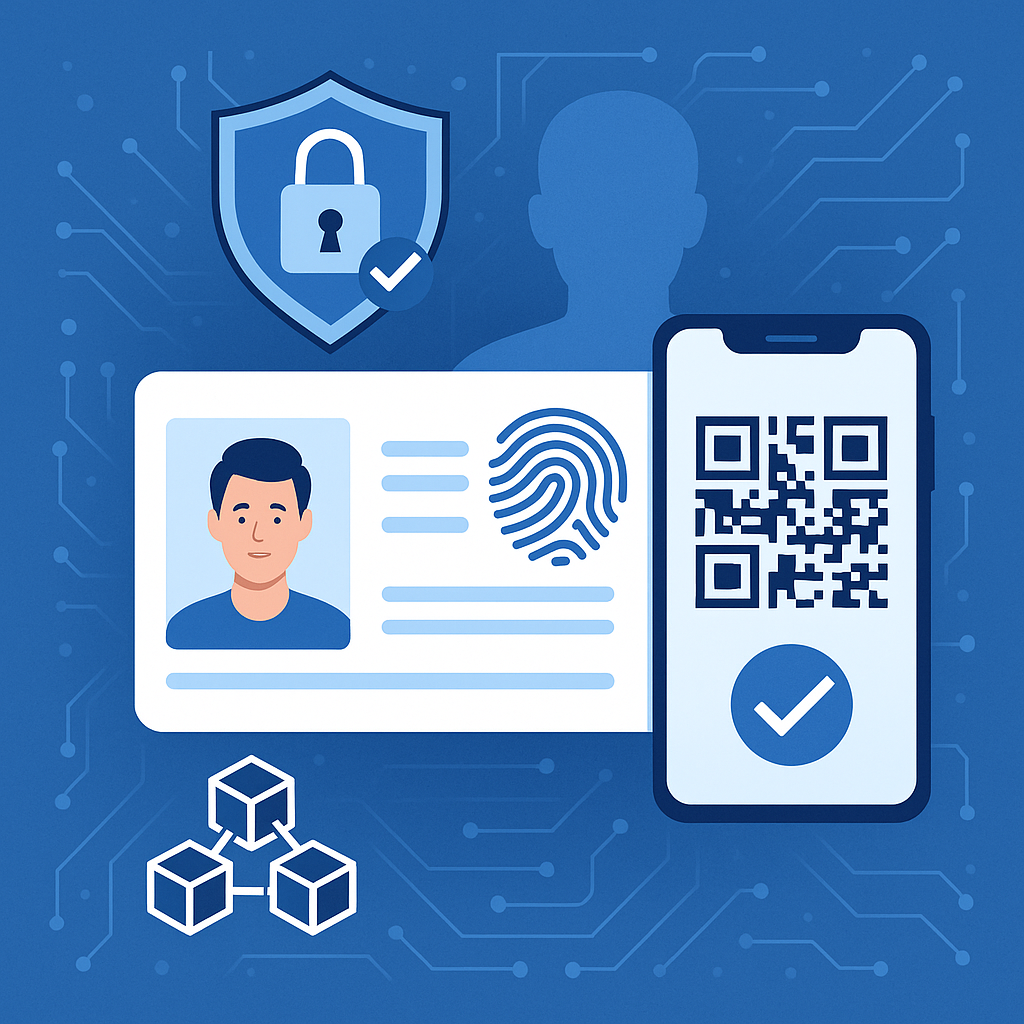
The Future of Digital Identity Verification: Trends to Watch
Published: July 2025
Digital identity verification has become the cornerstone of trust in the online economy. From banking to freelance marketplaces, companies must be certain that people are who they say they are. With online fraud growing increasingly sophisticated, verification technologies are evolving fast.
In this guide, we’ll explore the latest trends shaping the future of identity verification and what your business can do to stay ahead.
Why Identity Verification Matters More Than Ever
Cybercrime cost the global economy more than £5 trillion in 2024 alone. As criminals use stolen identities to open accounts, launder money and defraud customers, robust verification processes are no longer optional.
At the same time, users expect a smooth experience. Companies are under pressure to balance security and convenience.
Trend 1: Biometric Authentication Goes Mainstream
Biometric technology was once reserved for passports and large enterprises. Today, it’s becoming a standard part of digital onboarding. Fingerprint scans, face recognition and voiceprints offer:
- High accuracy – Biometrics are far harder to fake than documents alone.
- User convenience – No passwords to remember.
- Regulatory compliance – Meeting KYC and anti-money laundering obligations.
Expect to see even more widespread adoption over the next few years.
Trend 2: AI-Powered Fraud Detection
Artificial intelligence is revolutionising fraud prevention. Modern systems can:
- Analyse behavioural patterns (e.g., typing speed, mouse movements).
- Flag inconsistencies across devices and sessions.
- Detect synthetic identities designed to bypass traditional checks.
Machine learning models grow more accurate over time, making AI an essential layer of defence.
Trend 3: Reusable Digital Identities
As verification fatigue grows, more users are adopting reusable digital identities—secure credentials stored on their devices or with trusted providers. Instead of verifying themselves repeatedly, users can consent to share verified credentials with each new platform.
This approach streamlines onboarding while maintaining high security standards.
Trend 4: Blockchain-Based Solutions
Blockchain technology promises decentralised, tamper-proof identity records. In a blockchain verification model:
- Credentials are cryptographically signed.
- Users control what information to share.
- Records are resistant to fraud and manipulation.
While adoption is still early, industries like finance and healthcare are experimenting with blockchain ID solutions.
Trend 5: Enhanced Document Verification
Identity document verification tools are improving quickly. Advanced systems now:
- Use OCR to extract data instantly.
- Validate holograms and microtext.
- Cross-check details with official databases.
These tools make it easier to spot fake documents and speed up onboarding.
How to Prepare Your Business
To stay ahead of these trends:
- Evaluate your current process. Are you relying solely on manual checks or outdated software?
- Consider layering verification methods. Combining biometrics, document verification and behavioural analysis increases accuracy.
- Stay compliant. Ensure your systems meet GDPR, KYC and data protection regulations.
- Educate your team. Make sure staff understand both the technology and the regulatory environment.
Case Study: A Digital Bank’s Success
One UK-based digital bank reduced fraud by 65% after implementing multi-factor verification. New customers submit a selfie, an ID document and a short video clip. AI verifies the images in under 90 seconds.
Customer satisfaction scores rose because onboarding remained smooth, despite the tighter security.
Common Mistakes to Avoid
- Relying on single-factor verification. Passwords or documents alone are no longer enough.
- Failing to update systems regularly. Fraud techniques evolve rapidly.
- Neglecting user experience. Overly complex processes can drive customers away.
- Ignoring compliance requirements. Non-compliance can lead to heavy fines.
Key Takeaways
Digital identity verification is evolving rapidly. By embracing biometrics, AI and decentralised identity models, you can protect your customers and build trust.
The key is to adopt a layered, user-friendly approach that keeps pace with both regulations and customer expectations.
📣 Ready to explore modern identity verification solutions?
Contact us today for a free consultation on protecting your business and your customers.